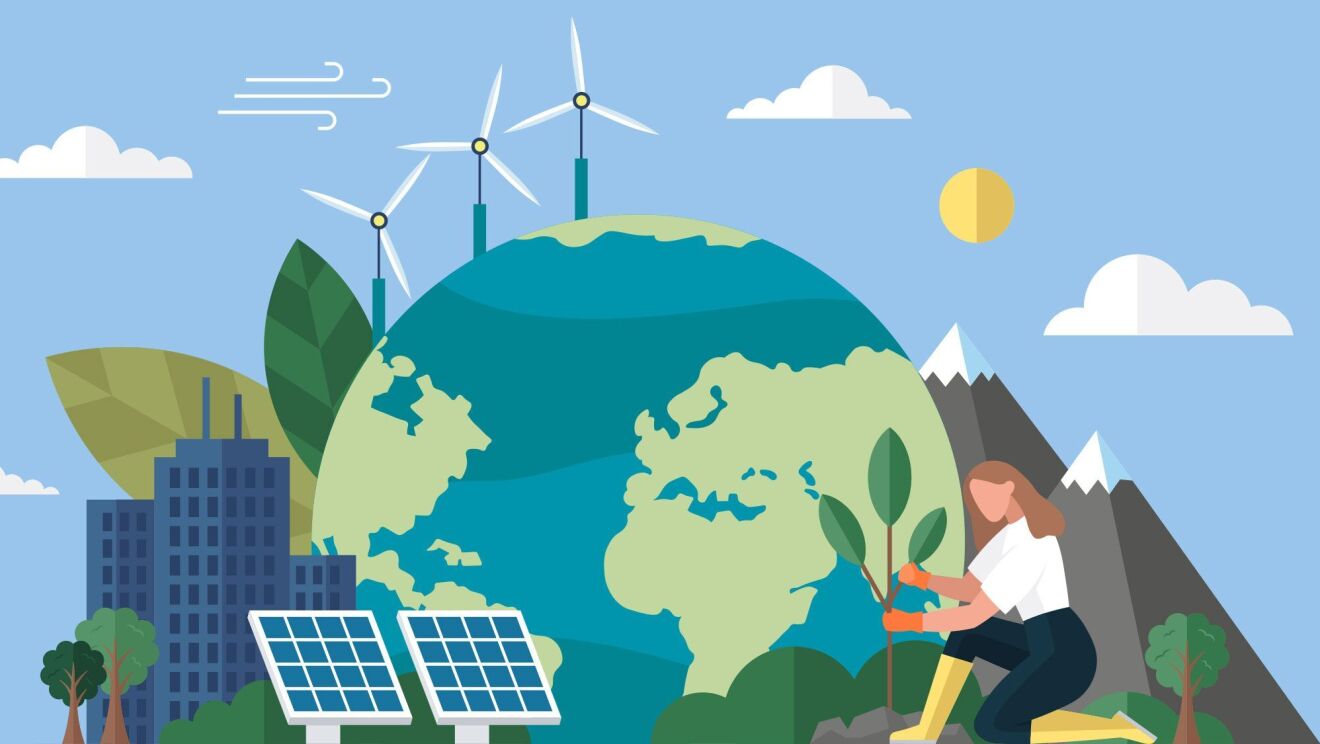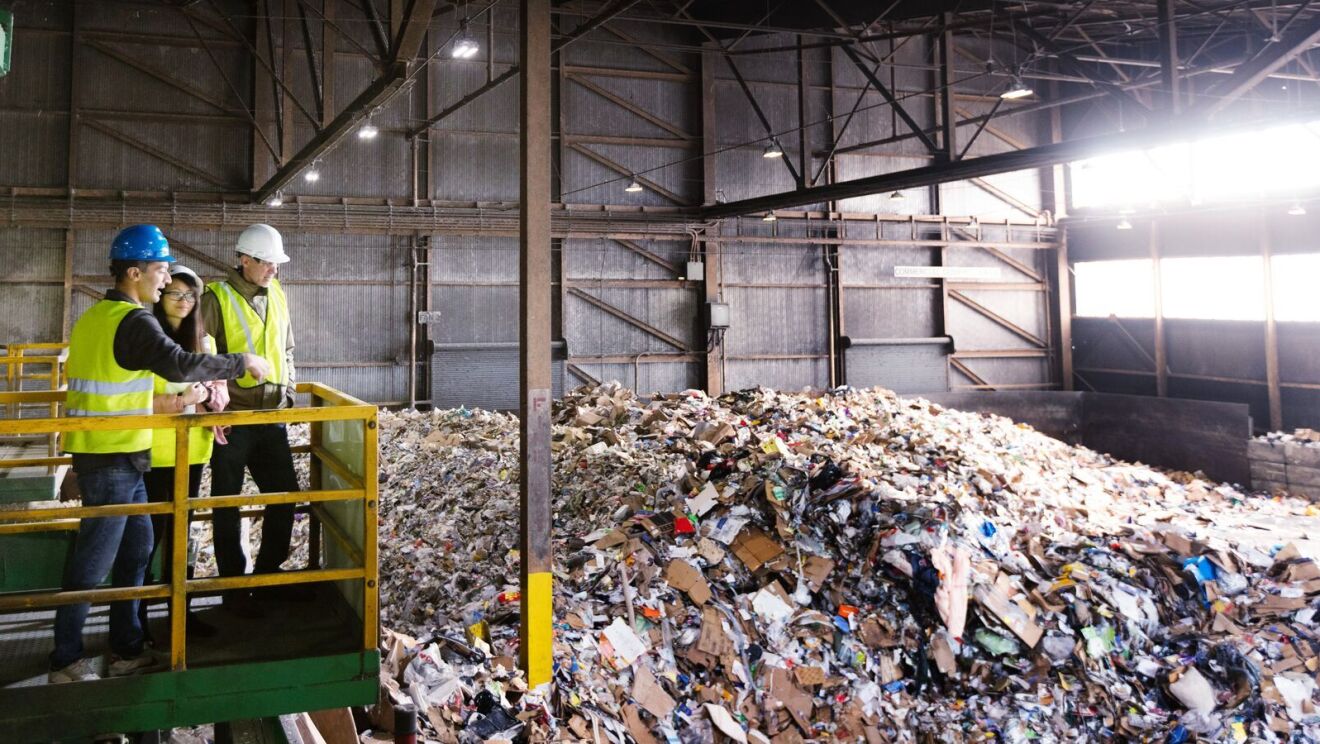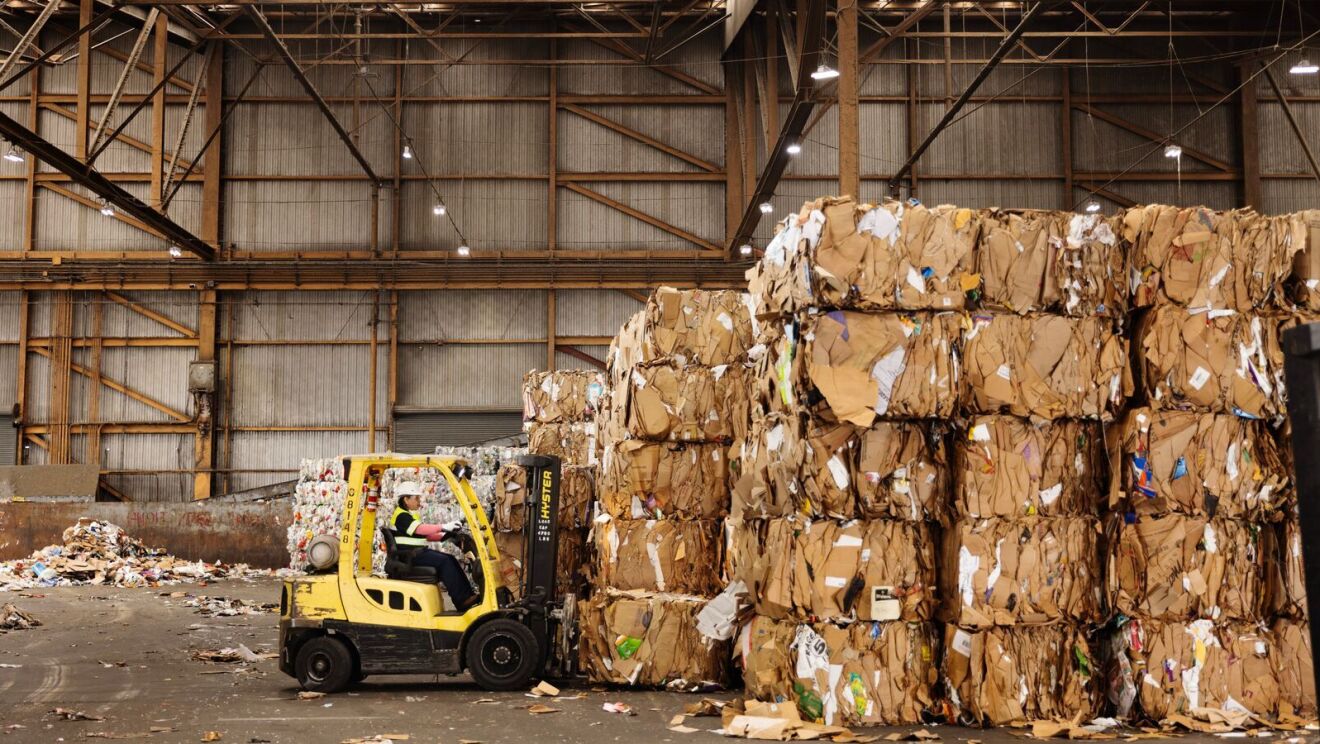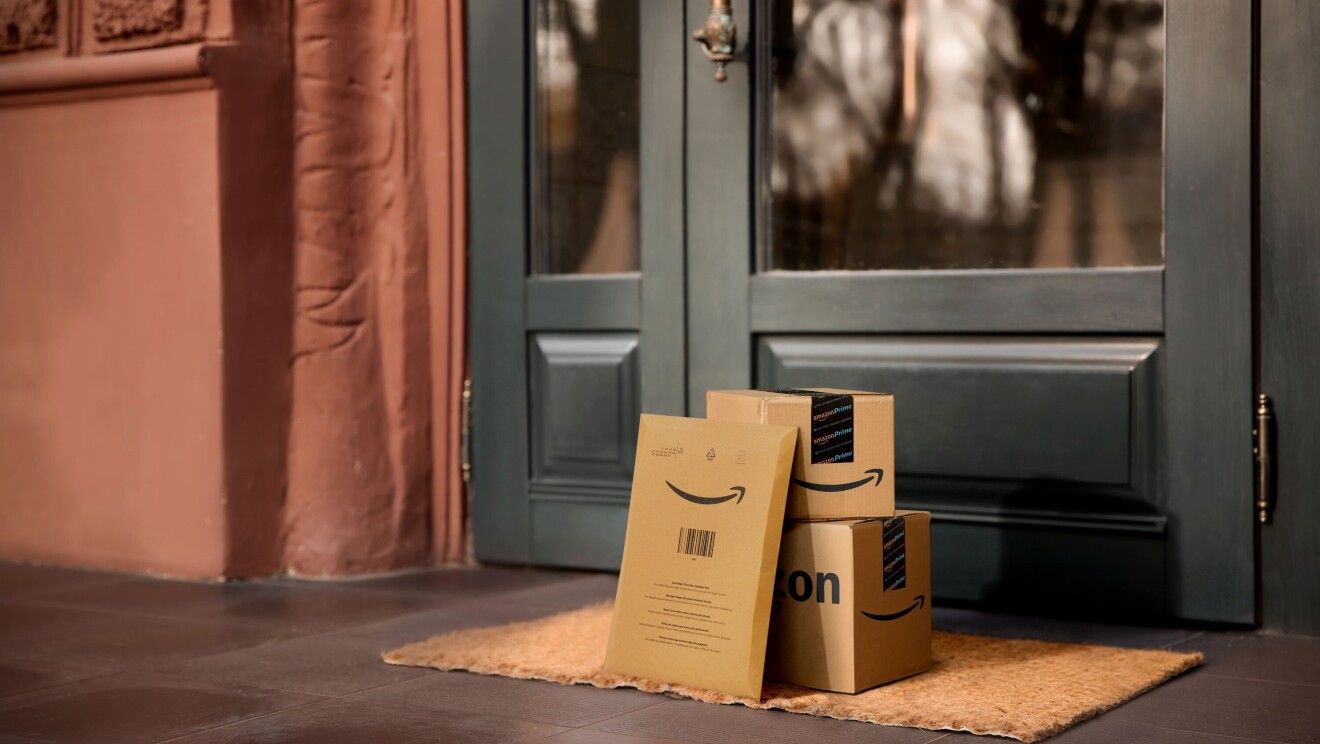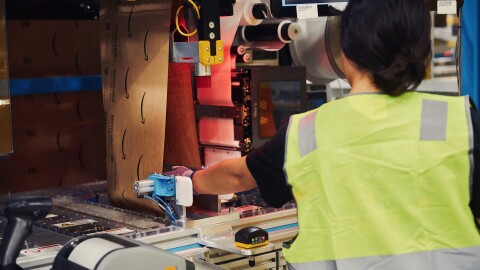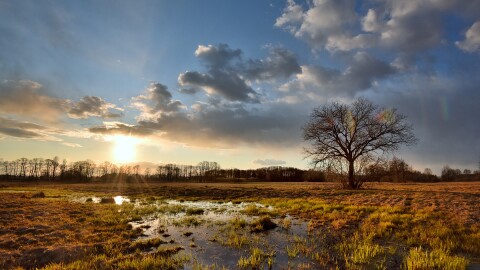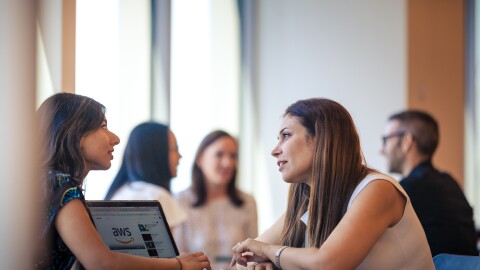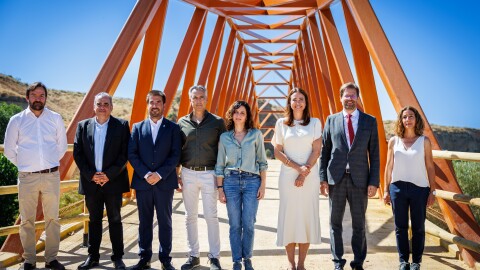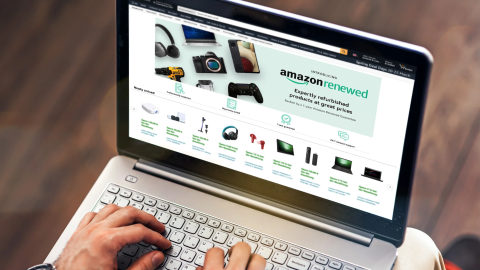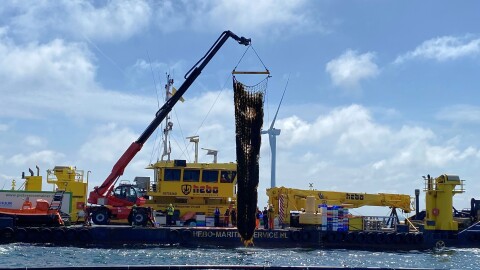As part of our ongoing commitment to support entrepreneurs and female-led companies in climate tech, Amazon’s Climate Pledge Fund recently invested in Glacier, an AI and robotics company helping the recycling industry work toward a world without waste. Co-founded and led by Rebecca Hu and Areeb Malik, Glacier uses AI-powered robots to automate the sorting of recyclables and collect real-time data on recycling streams for recycling companies and consumer brands. The Climate Pledge Fund, Amazon’s corporate venture capital fund that invests in climate tech companies to help accelerate Amazon’s path to meet the commitments of The Climate Pledge, first announced its $53 million Female Founder Initiative in 2022 to close the funding gap for women in climate tech. Glacier is the second company led by a female CEO to receive investment from The Climate Pledge Fund.

Hu and Malik built Glacier in order to make a positive impact on the climate crisis. “After researching a variety of climate solutions, we discovered that applying novel advances in AI and robotic automation to help the recycling industry run more efficiently is a powerful way to reduce waste, which has a direct link to reducing carbon emissions,” said Hu.
Despite the significant potential of recycling as a climate solution, today only 21% of residential recyclables in the U.S. are recycled, often due to a lack of adequate recycling infrastructure. “Nearly 70 million tons of recycling are processed annually in the U.S. alone. This is already an immense undertaking, but we can recover so much more material by building accessible automation processes and then scaling it across our country’s recycling infrastructure,” said Malik. “That’s what Glacier is doing.” Glacier’s robots improve sorting and recycling rates to help prevent valuable materials like metals and plastics from ending up in landfills and oceans.
Glacier’s approach to recycling innovation combines two core technologies. Glacier’s proprietary AI model is capable of identifying more than 30 categories of recyclable materials in real time, as broad as PET plastic and as narrow as a toothpaste tube. The AI is paired with Glacier’s custom robotic design to deliver consistent recyclable sorting power with minimal implementation costs.
Glacier’s potential impact on the circular economy extends beyond its sorting robots. “We’re constantly looking for ways to improve recycling, and developing robots is just the first step,” said Malik. Glacier’s AI is generating a recycling data set to help recycling facilities and brands make better-informed decisions. “Our recycling AI is a powerful tool for everyone in the circular economy, and it couldn’t come at a more important time,” said Hu. “As we see mounting legislative, economic, and social pressure to recycle better, brands are using our data to measure and improve how their packaging is being recycled, while recycling facilities are using our data to improve their operations and rescue more recyclables from landfill. We’re thrilled to be collaborating with a circular economy leader like Amazon so that we can accelerate our mission to end waste.”
Phoebe Wang, investment partner at The Climate Pledge Fund, led the investment in Glacier. Last year, Wang oversaw The Climate Pledge Fund’s investment in Genecis, a bioplastics company founded by Luna Yu, the first female CEO to receive funding from the Female Founder Initiative. “We’ve made significant progress, but women still face hidden barriers and an invisible glass ceiling, especially in the startup and venture capital space,” said Wang. “We must invest in women like Rebecca who are pioneering innovative technology to address the climate crisis. Our goal is to promote greater support for these female tech founders and help them succeed.” By funding companies like Glacier and Genecis, Amazon hopes to send a clear signal to the venture industry and encourage broader financial support for more female climate-tech founders.
Glacier’s commitment to efficient recycling
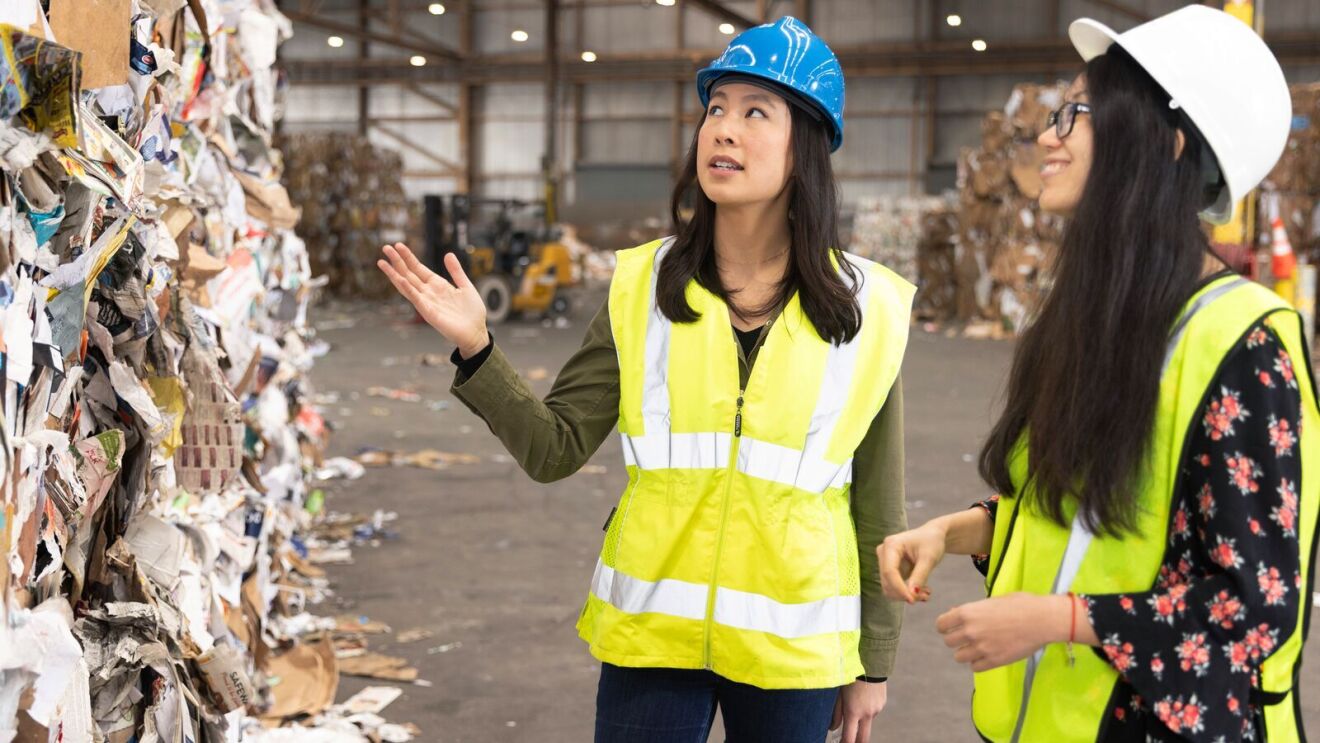
Glacier aims to build a more efficient recycling system, with the ultimate goal of preventing any valuable recyclable materials from ending up in landfills or oceans.
Items that are collected for recycling are usually sent to a Materials Recovery Facility (MRF), where workers and equipment sort valuable commodities such as paper, plastic, and metals that can be turned into recycled raw materials. However, some materials that are commonly found in curbside recycling bins often end up being discarded as waste after being collected. To address the need for more accessible automation at MRFs, Glacier created a custom-built robot designed for recycling sorting. One Glacier robot can prevent over 10 million items per year from ending up in landfills.
Hu and her team are also developing computer-vision technology to identify everything in our recycling waste stream, from broader categories like cardboard to more specific items like cat food cans.
In the near term, Glacier’s technology can help improve the quality of recycled content so that more post-consumer material is available for use in new packaging. Longer term, it can also enable recycling for more types of packaging and materials than are not currently recycled. This is why Amazon is collaborating with Glacier to pilot a sortation project for novel biomaterials.
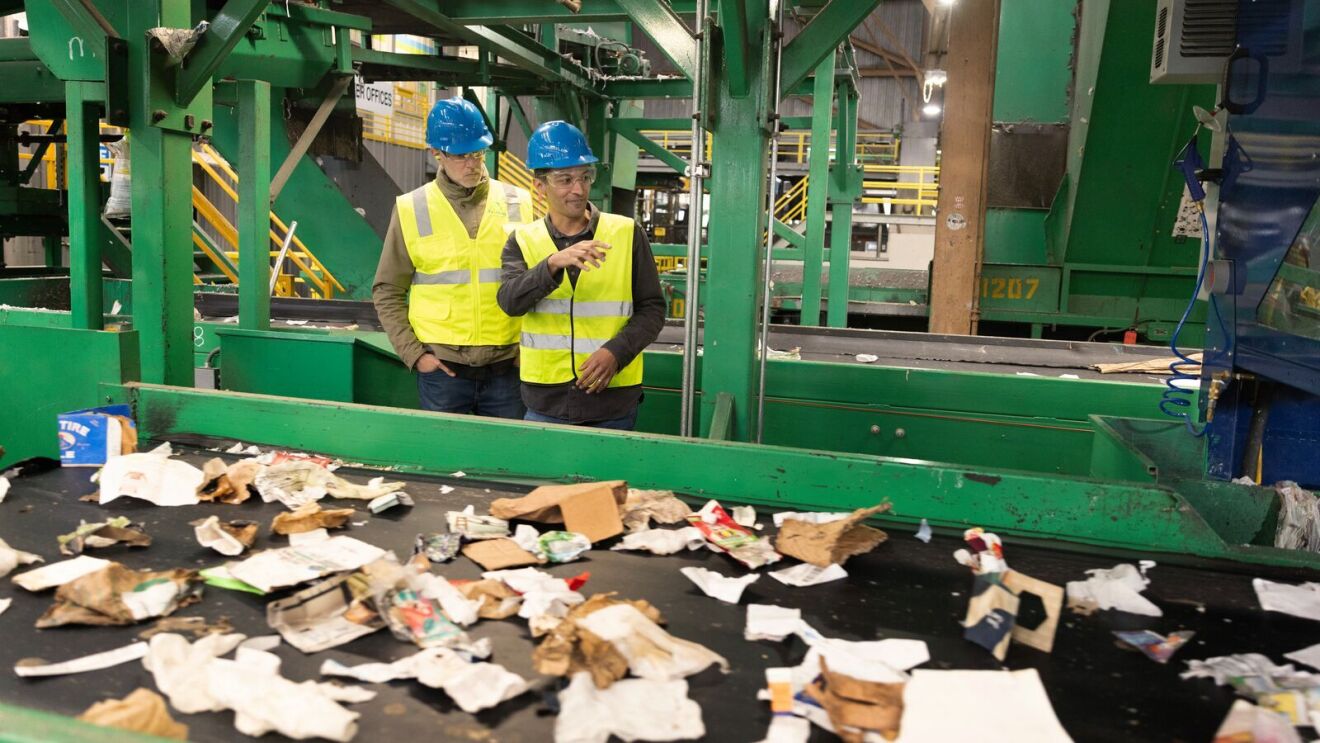
Amazon’s long-term vision is to reduce plastic use and shift toward using materials that are bio-based, as well as those that are biodegradable and compostable. This includes testing new biomaterials that are both bio-based and biodegradable and compostable in applications where we do not have other sustainability solutions, such as some flexible plastics, and then recycling them. Amazon has already teamed up with the BOTTLE consortium to develop a new recycling technology for these materials, and the collaboration with Glacier enables us to test ways to separate biomaterials from fossil-based plastics and send them on for recycling. Novamont, Natur-Tec, and Climate Pledge signatory PepsiCo are also collaborating with Amazon on this project, demonstrating an industry wide interest to recycle more types of packaging.
Amazon’s approach to reducing packaging and waste
Amazon‘s goal is to work toward avoiding unnecessary packaging and implementing processes to reduce waste and increase recyclability. This includes our Ships in Product Packaging (SIPP) programme, wherein eligible items are delivered in the original manufacturer’s packaging. Additionally, Amazon’s first automated U.S. fulfilment centre completely eliminates plastic delivery packaging. In instances where we cannot avoid packaging or move to curbside recyclable materials, we are introducing the use of novel biomaterials and partnering across the industry to develop new recycling value chains for these materials.
Learn more about how Amazon is innovating to improve our packaging.


